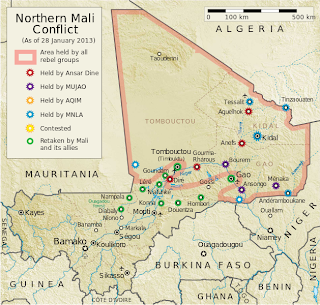Airships when out of fashion with the military after WWII and the last blimp were decommissioned in 1962. Even before then however, not many aviators wanted to be involved with Blimps during the jet age.
The new airship is amongst resurgence to older technology mated with modern technology. Many of these resurgent ideas are to save money and are effective when combined with modern computers. The current ship is only 250ft long, and is a testing model for the full sized 450ft Airship. The advantages of airships is cruise time, less limitations on space, lower fuel consumption, massive payloads, travel distance, and they do not require facilities to land. This last fact is especially important in areas which have experienced a natural disaster and are out of range of helicopter support.
How will this airframe change logistics? The simple answer is making the transport phase of logistics more efficient (generation -> transport -> sustain -> redeploy). This would reduce end costs, and would rapidly increase the speed in which heavy forces could be deployed. Currently the largest airframes in the Air Force the aging C-5 Galaxy can only hold two M1 Abrams tanks, roughly the same weight in cargo, or 270 passengers in the cargo compartment. The new airship will be able to carry significantly more carrying maybe as much as 200 tonnes or possibly as much as 1,000 tonnes.






